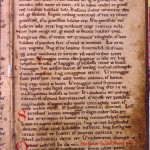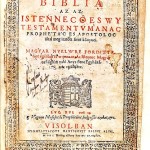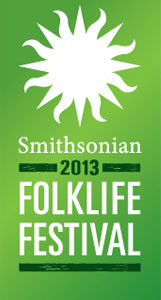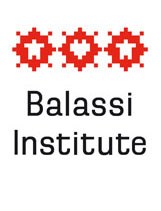The Hungarian language is spoken by around 14 million Hungarians around the World. Hungarian belongs to the Finno-Ugric group of Uralic languages along with a small number of tiny Siberian minority languages (such as Khanty and Mansy), in addition to Estonian and Finnish. Hungarian is among the 23 official languages of the European Union, and it is by far the most widespread non Indo-European language in Europe. Hungarian is mainly spoken within the rims of the Carpathian Basin, and by Hungarian diaspora communities worldwide.
The first written accounts of Hungarian (mostly personal names) date back to the 10th century based on Greek and Latin sources. Nevertheless, at that time Hungarians had their own runic writing system (akin to Turkic runic writing) as well. The first book in Hungarian was printed in 1533, and the first complete Bible translation (authored by Gáspár Károli) saw daylight in 1590. Hungarian language was standardized several times, first in the late 18th century by Hungarian writers in the course of the Hungarian language renewal movement. Due to their efforts Hungarian language became the official language of Hungary in 1867.
Hungarian is a difficult language to learn for English speakers, and usually remains a sealed book for foreign visitors. Hungarian contains 14 vowel phonemes. Most of them has a long and short version. Just like “kor” means age and “kór” means disease. Most of the 25 consonants may be doubled as well: “hal” means fish, whereas “hall” is to listen. Hungarian is an agglutinative language; it uses suffixes instead of prepositions. Hungarian has a rich verb conjugation system as well.
The basic Hungarian lexicon is estimated to comprise around 100 000 words. Around one fifth of Hungarian word roots are of Finno-Ugric origin, nonetheless Hungarian contains a reasonable number of Slavic, Turkic, German and Latin word roots as well. Usually there are no similarities or short cuts to understanding Hungarian. Most international words are translated to Hungarian. For police Hungarians use “rendőrség” instead of computers in Hungarian one uses a “számítógép” etc. Most importantly Hungarian has two words for love (szeretet and szerelem) and “red” (vörös and piros).









